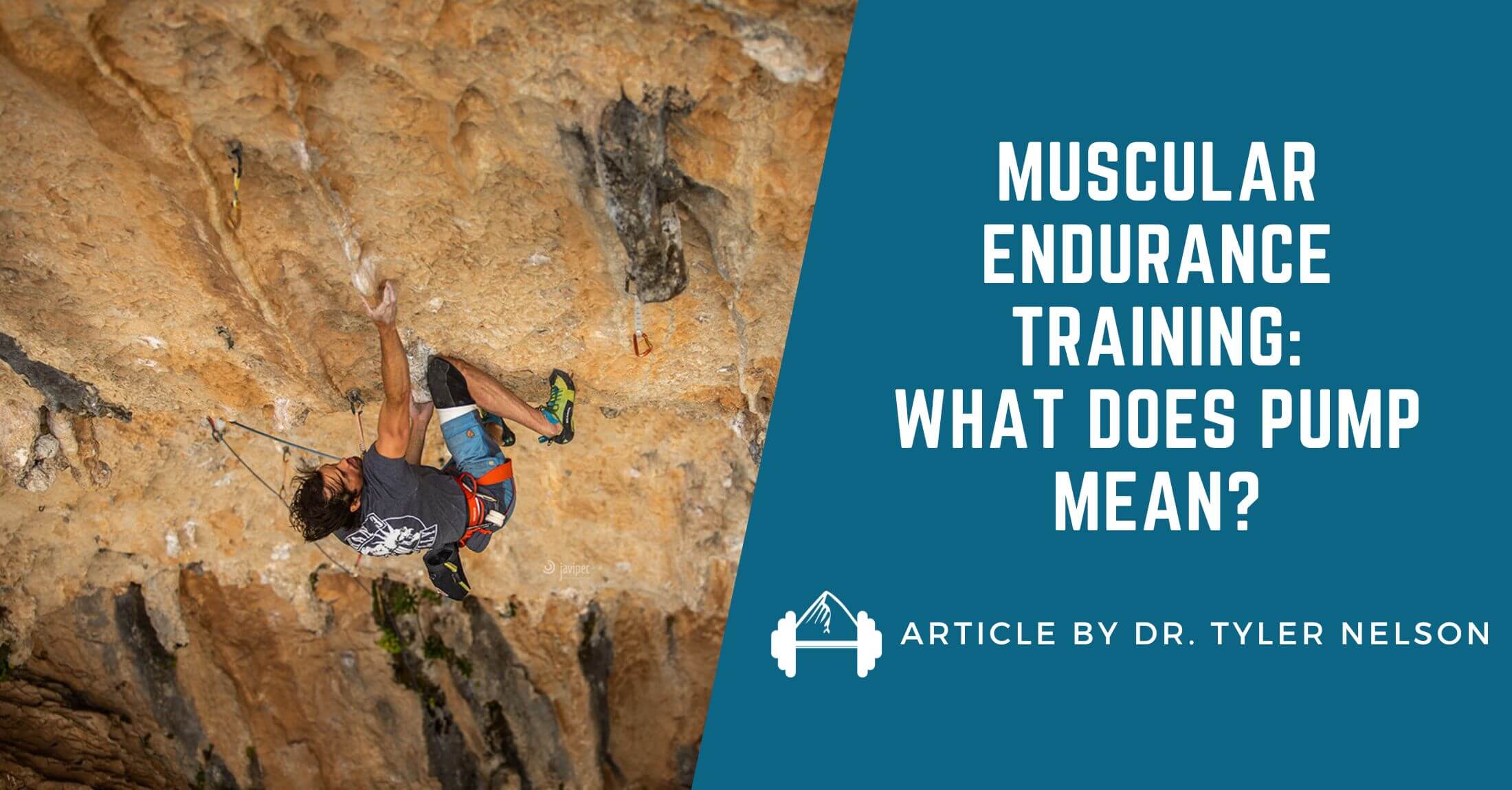Wouldn’t it be nice to be able to quickly recover at even the most marginal of rests? No matter what grade you climb, no one can sustain a maximal level of exertion for an entire long route. As a result, when done properly, route climbing is a game of moving quickly through difficult sections and to be able to recover on easier terrain. However, what constitutes “easier terrain” is a function of your maximum strength and your local endurance.
Both of strength and local endurance are important to train, but have to be approached separately. To help you understand exactly what local endurance is and how to train it, here’s an article from Climbing Magazine by Brendan Blanchard that explains the physiology behind local endurance and gives you some workouts to help you train it.
“Local endurance is your ability to stay on the wall for long periods of time at a certain grade. The main benefit is that it raises the difficulty level at which you can rest. If you can climb 5.10 without feeling pumped, then reaching a section of 5.10 climbing after a crux provides an opportunity to shake out and recover. You’ll feel fresh for the next hard section. However, if you lack this level of endurance and reach the next crux dog-tired, you’re probably in for a ride.” – Brendan Blanchard
How to Train Local Endurance:
Ultimately, the best way to train this type of baseline endurance or capacity is through Aerobic, Respiration, and Capillarity training or ARCing. With ARC training, the goal is to both create more capillaries in your forearms and to increase the capicity of your existing ones.
To ARC effectively, you simply climb lots of terrain below your limit in sustained blocs. In other words, you want to be continually climbing for 15 to 45 minutes while maintaining a very light pump. As with all training, the level of intensity is key. The goal is not to get viciously pumped. ARCing is a very low intensity form of training. Focus on training to maintain a very light pump rather than on trying to climb a certain grade.
Ultimately, if you become too pumped, this actually constricts the blood flow to your forearms and will undermine the goal of the workout. Save your try hard for other parts of your training and instead focus on things like perfecting your footwork and breathing.
More ARCing Advice:
Click through below to read more about how to best add local endurance training into your routine. Blanchard outlines workouts that will help you ease into ARCing if you have never tried it before as well as giving you tips about scheduling these sessions and ways to break up the monotony of 45 continuous minutes of easy climbing.
Full Article: Training Local Endurance
(photo by Edwin Teran | @edwinteran; climber: Colette McInery)
Other Articles You Might Like:
- Periodization and Load Progression for ARC Training
- TBP 049 :: Trainer Mercedes Pollmeier on ARCing and Training for 5.12
- 20 Min Endurance Workout
- Energy System Training






Leave A Comment